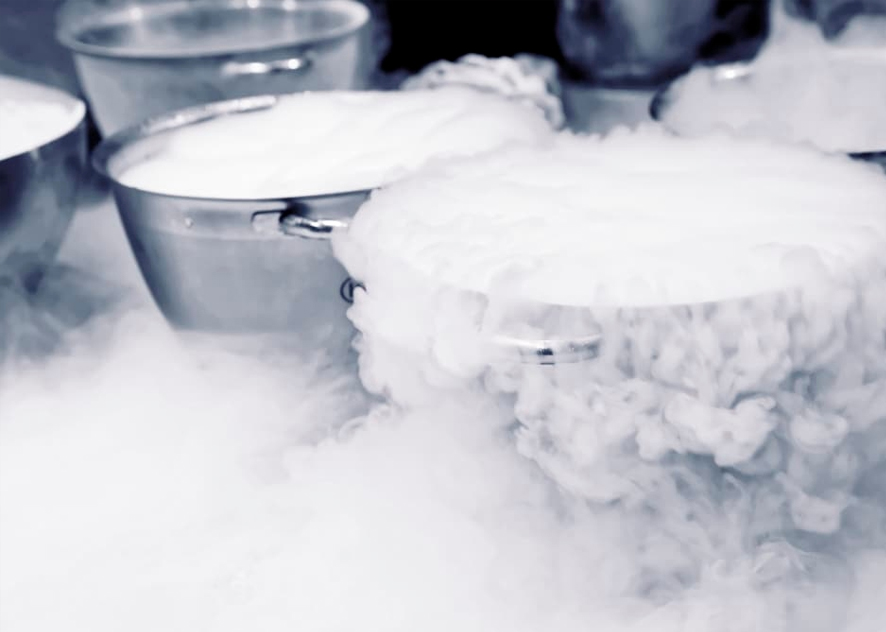Liquid ammonia is an important chemical raw material and refrigerant, which is widely used in industrial and civil fields. However, liquid ammonia will evaporate and absorb a large amount of heat at normal temperatures, causing the temperature in the pipeline to drop and may even freeze, affecting the normal operation of the pipeline. In order to solve this problem, people have adopted heating tape technology to provide insulation and anti-freeze functions for liquid ammonia pipelines.

Heating tape is a special electric heating element, which is composed of conductive materials and insulating materials and can be wrapped around the surface of the pipe or directly fixed on the pipe. #Heating tape# uses the principle of resistance heating to convert electrical energy into thermal energy to provide heat for pipes. Compared with traditional steam heating and hot water heating, heating tape has the advantages of easy installation, energy saving and environmental protection, and accurate temperature control.
The application of heating tape in liquid ammonia pipelines can effectively prevent pipelines from freezing and ensure the normal flow of liquid ammonia. At the same time, the heating tape can also control the temperature in the pipeline, so that liquid ammonia can be transported within a suitable temperature range, improving transportation efficiency and safety.
The selection and installation of heating tapes need to be based on specific pipeline conditions and usage requirements. Generally speaking, factors such as the diameter, length, ambient temperature, temperature and flow rate of liquid ammonia need to be considered. When selecting heating tape, make sure it can meet the heating requirements of the pipe and has the appropriate power and temperature control capabilities.
When installing heating tape, you need to pay attention to the following points:
Clean the surface of the pipe to ensure there is no debris and rust to ensure good contact between the heating tape and the pipe.
Wrap heating tape correctly to avoid crossing and overlapping to ensure even heat distribution.
Use special fixing clamps or straps to secure the heating tape to the pipe to prevent it from loosening and falling off.
Connect the power source and temperature controller and make sure the heating tape is working properly.
Overall, heating tape is an effective solution for insulating and anti-freezing liquid ammonia pipelines. It can improve the operating efficiency and safety of pipelines and reduce energy waste and environmental pollution. With the continuous development of science and technology, heating tapes are also constantly being improved and improved. I believe that electric heating will play a more important role in the future.

 English
English Español
Español Português
Português русский
русский français
français 日本語
日本語 Deutsch
Deutsch Tiếng Việt
Tiếng Việt Italiano
Italiano Nederlands
Nederlands ไทย
ไทย Polski
Polski 한국어
한국어 Svenska
Svenska magyar
magyar Malay
Malay বাংলা
বাংলা Dansk
Dansk Suomi
Suomi हिन्दी
हिन्दी Pilipino
Pilipino Türk
Türk Gaeilge
Gaeilge عربى
عربى Indonesia
Indonesia norsk
norsk اردو
اردو čeština
čeština Ελληνικά
Ελληνικά Українська
Українська Javanese
Javanese فارسی
فارسی தமிழ்
தமிழ் తెలుగు
తెలుగు नेपाली
नेपाली Burmese
Burmese български
български ລາວ
ລາວ Latine
Latine Қазақ
Қазақ Euskal
Euskal Azərbaycan
Azərbaycan slovenský
slovenský Македонски
Македонски Lietuvos
Lietuvos Eesti Keel
Eesti Keel Română
Română Slovenski
Slovenski मराठी
मराठी Српски
Српски 简体中文
简体中文 Esperanto
Esperanto Afrikaans
Afrikaans Català
Català עִברִית
עִברִית Cymraeg
Cymraeg Galego
Galego 繁体中文
繁体中文 Latvietis
Latvietis icelandic
icelandic יידיש
יידיש Беларус
Беларус Hrvatski
Hrvatski Kreyòl ayisyen
Kreyòl ayisyen Shqiptar
Shqiptar Malti
Malti lugha ya Kiswahili
lugha ya Kiswahili አማርኛ
አማርኛ Bosanski
Bosanski Frysk
Frysk ជនជាតិខ្មែរ
ជនជាតិខ្មែរ ქართული
ქართული ગુજરાતી
ગુજરાતી Hausa
Hausa Кыргыз тили
Кыргыз тили ಕನ್ನಡ
ಕನ್ನಡ Corsa
Corsa Kurdî
Kurdî മലയാളം
മലയാളം Maori
Maori Монгол хэл
Монгол хэл Hmong
Hmong IsiXhosa
IsiXhosa Zulu
Zulu Punjabi
Punjabi پښتو
پښتو Chichewa
Chichewa Samoa
Samoa Sesotho
Sesotho සිංහල
සිංහල Gàidhlig
Gàidhlig Cebuano
Cebuano Somali
Somali Точик
Точик O'zbek
O'zbek Hawaiian
Hawaiian سنڌي
سنڌي Shinra
Shinra հայերեն
հայերեն Igbo
Igbo Sundanese
Sundanese Lëtzebuergesch
Lëtzebuergesch Malagasy
Malagasy Yoruba
Yoruba









